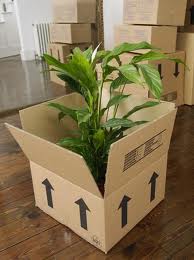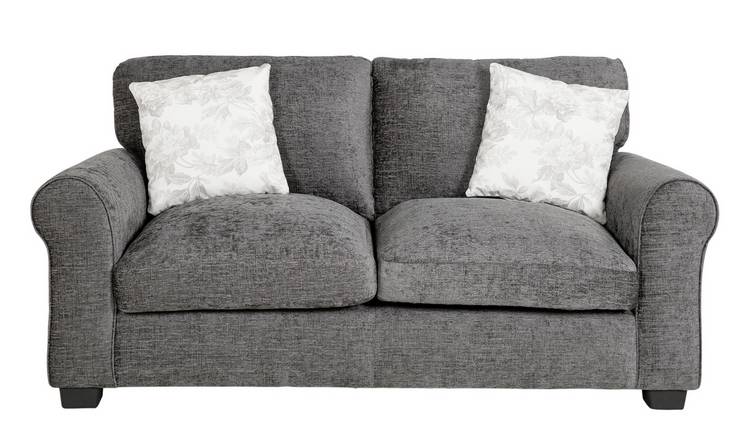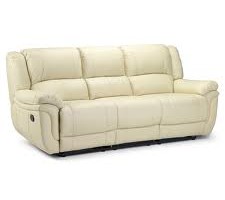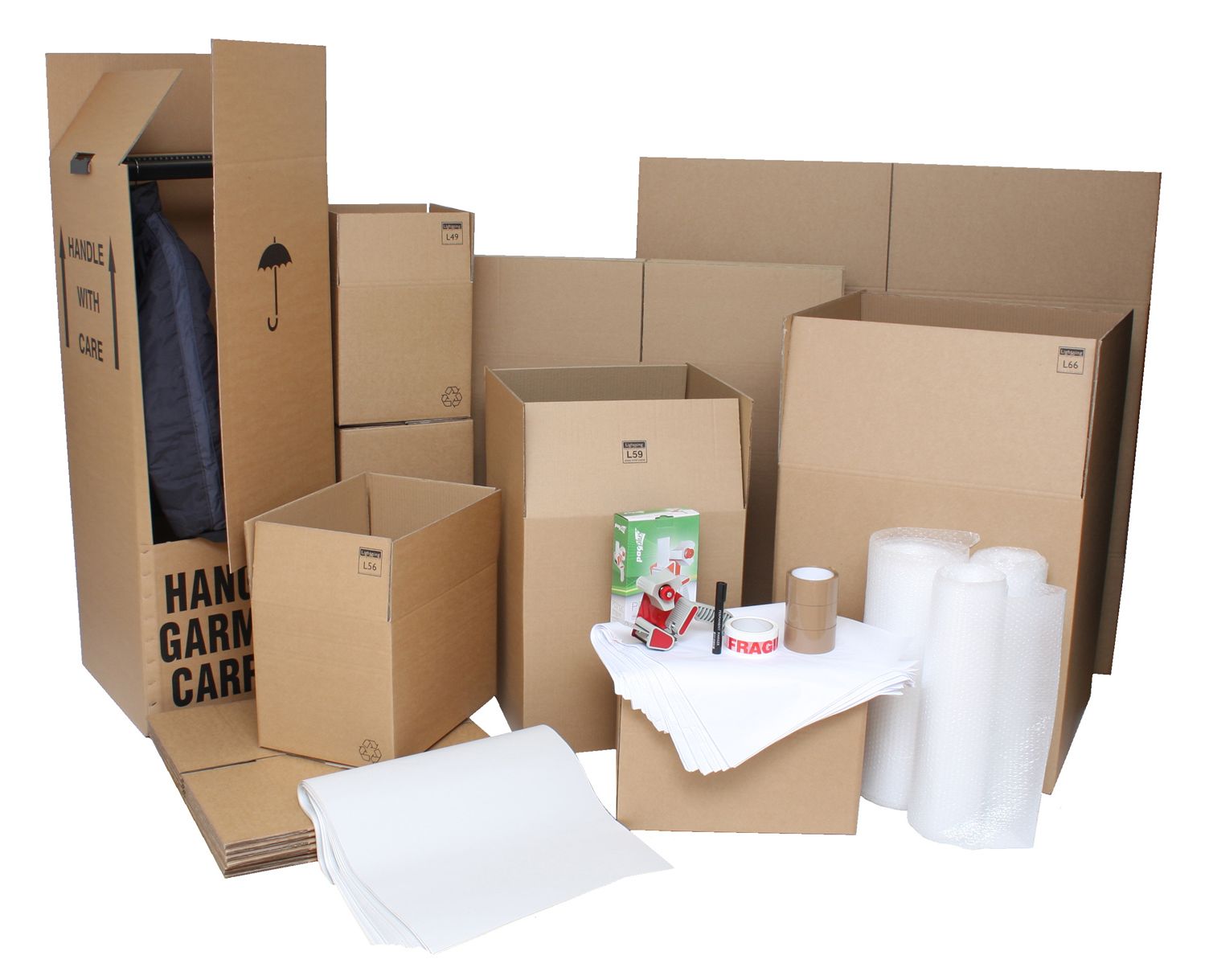
by MnM | Oct 30, 2012 | Blog, Home Packing, Moving Advice, Moving Tips|Check List |
[fusion_builder_container type=”flex” hundred_percent=”no” equal_height_columns=”no” menu_anchor=”” hide_on_mobile=”small-visibility,medium-visibility,large-visibility” class=”” id=”” background_color=”” background_image=”” background_position=”center center” background_repeat=”no-repeat” fade=”no” background_parallax=”none” parallax_speed=”0.3″ video_mp4=”” video_webm=”” video_ogv=”” video_url=”” video_aspect_ratio=”16:9″ video_loop=”yes” video_mute=”yes” overlay_color=”” video_preview_image=”” border_color=”” border_style=”solid” padding_top=”” padding_bottom=”” padding_left=”” padding_right=””][fusion_builder_row][fusion_builder_column type=”1_1″ layout=”1_1″ background_position=”left top” background_color=”” border_color=”” border_style=”solid” border_position=”all” spacing=”yes” background_image=”” background_repeat=”no-repeat” padding_top=”” padding_right=”” padding_bottom=”” padding_left=”” margin_top=”0px” margin_bottom=”0px” class=”” id=”” animation_type=”” animation_speed=”0.3″ animation_direction=”left” hide_on_mobile=”small-visibility,medium-visibility,large-visibility” center_content=”no” last=”true” min_height=”” hover_type=”none” link=”” border_sizes_top=”” border_sizes_bottom=”” border_sizes_left=”” border_sizes_right=”” first=”true”][fusion_text columns=”” column_min_width=”” column_spacing=”” rule_style=”” rule_size=”” rule_color=”” hue=”” saturation=”” lightness=”” alpha=”” content_alignment_medium=”” content_alignment_small=”” content_alignment=”” hide_on_mobile=”small-visibility,medium-visibility,large-visibility” sticky_display=”normal,sticky” class=”” id=”” margin_top=”” margin_right=”” margin_bottom=”” margin_left=”” fusion_font_family_text_font=”” fusion_font_variant_text_font=”” font_size=”” line_height=”” letter_spacing=”” text_transform=”” text_color=”” animation_type=”” animation_direction=”left” animation_speed=”0.3″ animation_offset=””]
Tips on packing garden equipment safely
It can be difficult and time consuming packing garden equipment safely, follow our guide to make your move easier.
Tools:
Long-handled garden tools, as well as brooms and mops, should be bundled together securely. Attachments should be removed from power tools and packed separately.
- Hand tools may be left in tool boxes and the spaces filled with crushed paper, or they may be packed according to general packing rules. Always use small cartons for heavy tools.
- Use old towels to wrap and tape any sharp-edged tools.
- Power tools must be safely drained of oil and gas before hand.
[divider icon=”” style=”simple”]
Rakes & Brooms:
Shovels, rakes, brooms and the like need not be packed; gather them together for your driver to bundle in a pad.
[divider icon=”” style=”simple”]
Lawn & Patio Furniture:
Remove cushions and clean frames. Pack cushions in large carton or wardrobe.
[divider icon=”” style=”simple”]
Umbrella:
Keep it clean and dry during transport by wrapping it in paper padding or a plastic bag and taping shut. Do not pack the weighted umbrella stand.
[divider icon=”” style=”simple”]
Outdoor Equipment:
Before moving day, dismantle children’s swing sets, TV antennas and garden sheds you plan to take with you.
- Place small hardware in a plastic bag or old coffee can and label.
- If the parts bag can be securely attached to corresponding equipment, all the better.
- Prepare lawn mower by safely draining gasoline prior to loading day.
[divider icon=”” style=”simple”]
Pots and Planters:
Pack small ceramic or pottery planters like any fragile item – individually wrapped with plenty of cushioning. If you plan to move any large or unusual planters, consult your moving professional.

packing the garden
[divider icon=”” style=”simple”]
When packing garden equipment safely you’ll need to re-pack items in boxes that are torn, falling apart or cannot be sealed. This is usually the case with items found in attics and crawl spaces, like seasonal decorations or old toys.
[divider icon=”” style=”simple”]
If you are Moving Home & Need Professional Assisitance

[/fusion_text][/fusion_builder_column][/fusion_builder_row][/fusion_builder_container]

by MnM | Oct 25, 2012 | Blog, Moving Advice |
Will my sofa fit through the door?
Moving a sofa or couch into a new space often requires a lot of wiggling and pushing and removing of doors. It’s not easy to determine if a sofa will fit through a door or up a flight of stairs or into an elevator. Find out how to maneuver your sofa to make it fit.There are two lengths that are most important: the sofa width and the height of the sofa’s back (the back of the sofa when you’re sitting down – measure from floor to top of back). Let’s start there.
-
- Measure the dimensions of the sofa: height, width and length. If the sofa legs can be removed, it’s best to remove them first. If they cannot be removed, then you need to measure the height with the legs attached, from the floor to the top of the sofa’s back.
-
- Measure the dimensions of the opening, whether it’s a door or stairwell or elevator door.
-
- If the sofa’s back height is longer than the door’s width, then the sofa’s width will need to be narrower than the door’s width.For example, a door’s width is 40″ and the sofa’s width is 43″ and the sofa back height is 38″. This means you can turn the sofa so that the sofa’s back is facing the ceiling.
-
- The sofa should slide through as long as the inside space will accommodate it (hallway or foyer).
-
- If both the width and the back height is too long for the width of the door, then you need to consider the sofa’s length. Measure the length of the sofa and the height of the door opening. The sofa’s length will need to be shorter than the door’s height.Also check the entrance way to see how much room you have to maneuver – there should be at least a foot or more of space on either side of the doorway in order to shimmy the sofa through. If the inside space is a narrow hallway, the couch may not fit.You may also need to remove the door in order to gain some additional room.
-
- Stand the sofa on one end with the bottom, where the feet are, positioned to enter the doorway first. Now angle the sofa so the back and the bottom form a V. If you’re behind the sofa, about to push it through the door, you should be looking at the sofa back and part of the bottom. The sofa’s seat should be facing inside.
-
- With someone on the inside and someone on the outside, angle the sofa by sliding the seat through the door, letting the sofa curl around the doorway.
- If neither of these techniques work, then you can hire a professional to actually dismantle your sofa, move it, then reassemble it inside your home, including reapolstering it. It can be a little pricey, but I think it’s completely worth it, especially if the sofa is a piece that you love.
Other Sofa Moving Tips
- Remove the legs if you can.
- Measure the sofa and the space before you move.
- If you’re moving the sofa on a carpeted surface, place cardboard on the floor to make sliding easier.
- Remove all the cushions first.
- Hire professionals if you’re unsure the sofa will fit.
- Make sure you have enough hands to help.

If You Need To Move Your Sofa


by MnM | Oct 21, 2012 | Blog, House Removals, House Removals Oxfordshire, Moving Tips|Check List, Packing Materials |
Information On Buying Cardboard Boxes When Moving House In Banbury & Oxfordshire
You can buy cardboard boxes from your house removals company, diy stores, online packaging stores or self storage facilities. You may also require other materials that you will need for packing your home. Such as tape, labels, packing paper and bubble wrap. Smaller stores will carry all the basic packaging items you will need for a simple move, such as into a dorm or 1-bedroom apartment. Larger packaging stores will offer a greater variety of sizes and boxes, good for people moving house, moving office or moving into self storage. Following our guide on buying cardboard boxes when moving house in Banbury & Oxfordshire will help you to save time, money and make your packing and removal go more smoothly.
Buy Strong Double Wall Removals boxes For Your Home Move in Banbury & Oxfordshire
Moving in general can be expensive, so making sure you buy the right size and number of cardboard boxes to help minimise your expenses. Many packaging stores will have an estimator to help you determine the appropriate number of cardboard boxes to buy, as well as the right sizes.
You can buy cardboard boxes in 4 standard sizes, but boxes are available in dozens of sizes. The standard sizes are Small 22″ X 13″ X 17″ (length, width, height), Medium 30″ X 18″ X 12″ (length, width, height), Large 30″ X 18″ X 18″ (length, width, height) and Extra Large 30″ X 20″ X 20″ (length, width, height). These boxes are designed to be easy to carry without getting too heavy or awkward to move. They are also designed to fit together well on a moving truck, making them less likely to shift or tumble during transport.
In addition to the standard boxes, countless specialty boxes are available as well. Many large packaging stores will have cardboard boxes available for computers, flat-screen televisions, hanging clothing, sensitive electronics, framed photos and works of art, antiques and more. Cardboard boxes also come in standard single corrugated or double corrugated for very heavy items, such as light weights or dumbbells.
Regardless of whether you are moving across town or across the country, you will need to buy cardboard boxes for your move. Buying the right sizes, number and type of box can help save money and make your move go smoothly. Some removal companies will even buy your cardboard boxes back from you after you unpack.
If you are moving home and need to purchase your boxes or packaging materials








